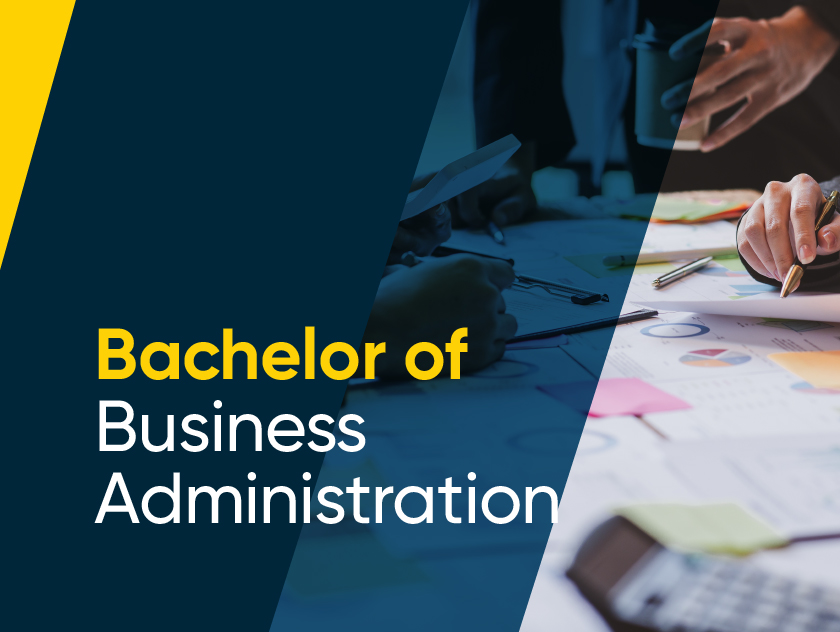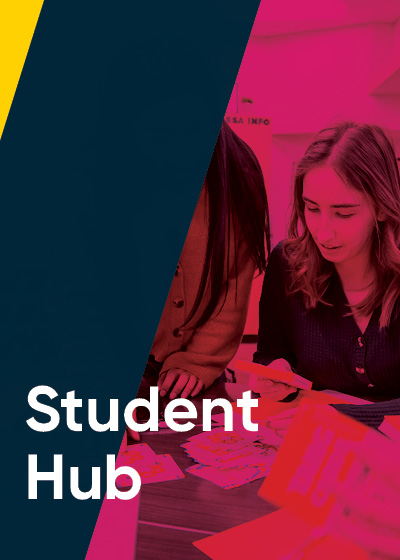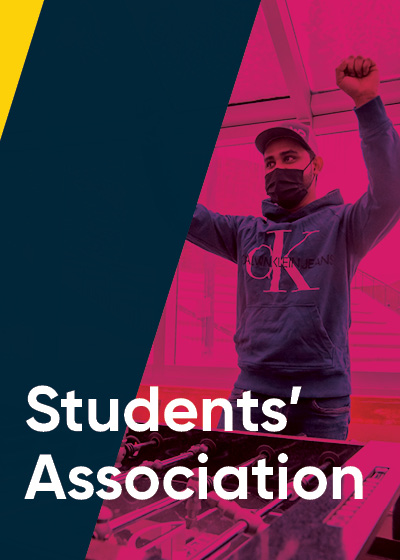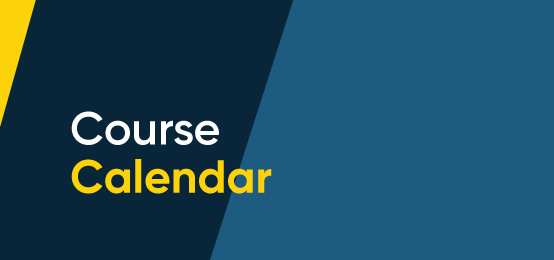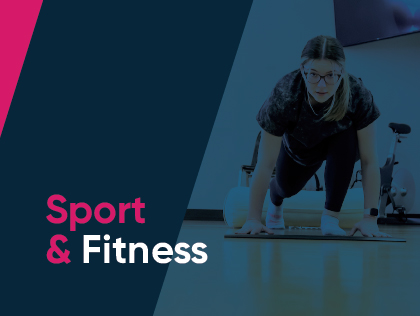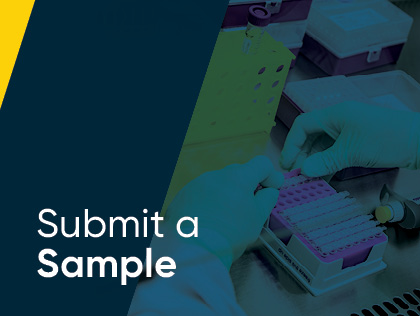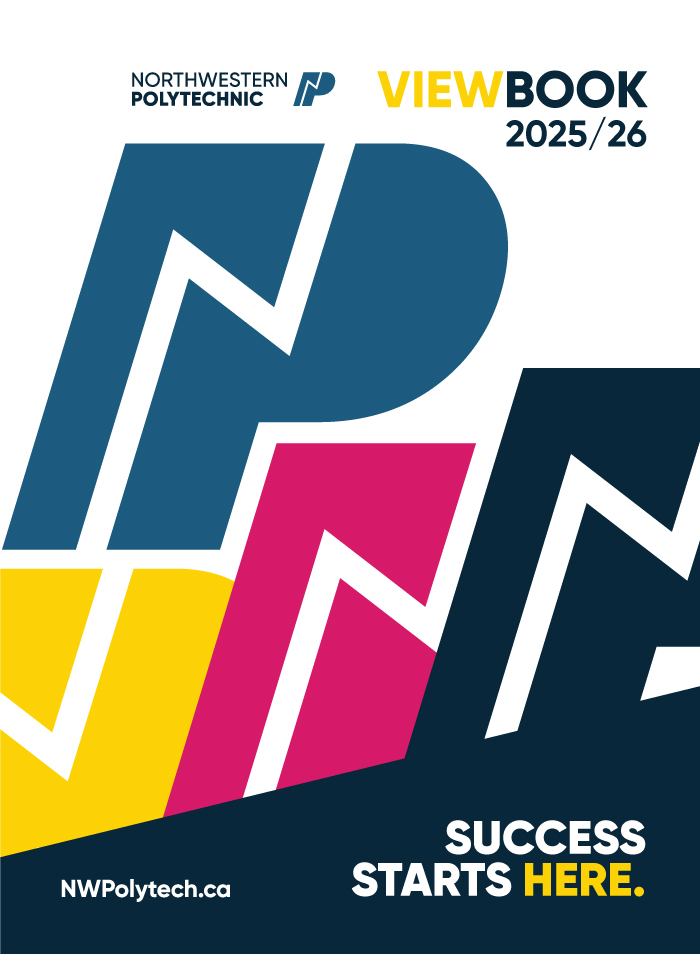News Archives: Quack, Quack... Animal Health Technology to the rescue
Monday, February 24th, 2020

Butter at the Animal Sciences clinic with Hayley Graham, second year AHT student.
GPRC Animal Health Technology (AHT) students recently received a unique hands-on experience when a patient waddled into their clinic.
Butter, a domestic duck who is owned by a GPRC staff member, was taken to the AHT department when a leg injury was discovered and the owner was unsure of who could treat her.
Animal Sciences Department Chair, Dr. Christy Barlund quickly offered her assistance as well as the rest of the AHT department to provide support.
“Many avian species are considered exotic in the veterinary field because they are not routinely brought into clinics or assessed,” says Shaylene Syrota, Registered Veterinarian Technologist and Educational Laboratory Technologist with the AHT program.
The AHT students primarily work with cats, dogs, cattle, horses and sheep so working with the adorable domesticated duck was a first for the program. The Animal Sciences department, located on the GPRC Fairview campus, has a registered veterinary clinic on-site. The clinic is mandated by the Alberta Veterinary Medical Association (ABVMA) and is able to perform medical services for the purpose of educating AHT students by treating animals owned by local humane societies, local rescue agencies and staff and students of GPRC.
These parameters provided the unique ability to help Butter because of an existing partnership with Alberta Fish and Wildlife who regularly interact with wild birds. This collaboration has allowed previous students and instructors to assist with owls, cranes and eagles by conducting x-rays and assessments.
Treating Butter provided students with hands-on practice and learning in avian handling, conducting x-rays, bandaging, hematology, providing oral medication and hydro therapy. All of these skills are taught within the program but the ability to treat a live duck “allows the students to connect with the animal and solidify teachings whereas if they were just looking at a slide that has been preserved for years, it doesn’t provide the same retention,” says Syrota.
Second year AHT student, Hayley Graham, echoed those sentiments by adding, “working with a live patient is always more exciting and memorable than learning off paper. Butter has definitely brought a better understanding of avian medicine. Treating a patient who is flapping its wings and quacking at you can be challenging, but also a lot of fun. Learning proper restraint is a key factor in caring for a duck, or any animal, and you can’t learn that type of hands-on training through reading.”
Treating Butter’s injured leg also challenged the students to think creatively and resourcefully. Fellow second year student, Quinn Assinger, was innovative and created a version of a ‘flip-flop’ as she noticed “Butter would hold her injured leg underneath her, hop around on her good leg and balance herself with her wings.”
“Our goal was to try and have her put weight on her injured foot and the ‘flip flop’ was created in hopes that it could get her to spread her toes and encourage her to put more weight on her leg.”
This educational experience lead to unexpected discoveries as well.
“The best part of treating Butter was getting to know that ducks in fact have personalities, and quite large ones at that. She’s always good for a laugh and a conversation while she’s splashing around in the water,” says Graham.
When discussing the value Butter has brought to the students, Dr. Christy Barlund provided the insight that she believes in the progression of learning from anatomy models to cadavers and then on a live patient is the natural order in veterinary practice.
“In mixed animal practice we often do not get to ‘practice’ on a model before being asked to treat an unfamiliar disease process or patient, so, having this kind of opportunity with the support of a full educational staff on premise is incredible,” she says.
The students have benefitted not only in learning but also in practical skills because according to Assinger, “you don’t often get to have ducks in practice. I was a little unsure of birds but taking care of her has made me more comfortable and has increased my knowledge of them. I really got to see her personality, what makes her happy. This helped me to take care of her to the best of my abilities, and in turn she has had a better experience at the veterinarian’s office.”
Butter is currently still in recovery and being treated by the GPRC AHT program.
For more information on the AHT program, click here


